Concrete Pump Maintenance Checklist
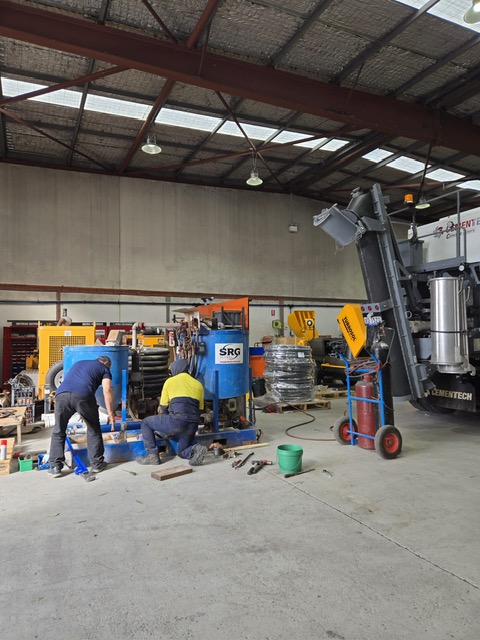
Purchasing a concrete pump is an investment in the growth and performance of your business. Your investment deserves protection. That’s why regular concrete pump maintenance is so important to ensure your equipment performs at its peak while avoiding costly breakdowns and project delays.
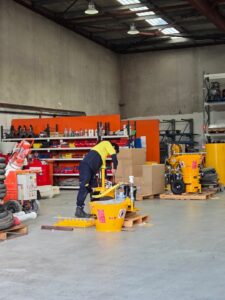
Regular inspections
When you purchase your machine, you will be provided with a list of required inspection items as part of the pre-start and shut-down procedures. Daily inspection items include checking hoses, fittings, electrical connection points and visible components for signs of wear or damage.
Weekly inspections should focus on seals, clamps, hydraulic lines, and air systems. Check for signs of wear, leaks, and unusual noises. Monitoring these parts regularly helps prevent bigger issues down the road.
Ensure all grease points are properly lubricated and thoroughly flush the pump and material hoses after every use to prevent material build-up. These simple tasks will significantly extend the life of your equipment and reduce the risk of breakdowns. They will also save you money on unnecessary repairs and project delays.
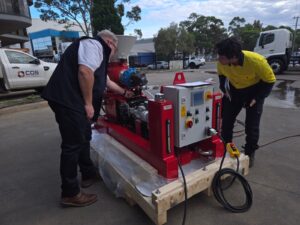
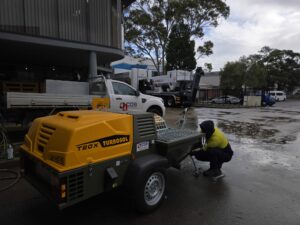
Service & maintenance
Each machine has a recommended maintenance schedule, typically based on hours of usage. Your equipment supplier should provide this to you.
The most regular maintenance requirements will be the replacement of wear components such as blades, pads, piston cups, hoses, tubes etc.
Major services are required less often and involve a more thorough inspection. A routine service will include items such as a full system pressure test, electrical connection checks (e.g. switches, solenoids), fluid replacement (e.g. hydraulic fluid, engine oil), filter replacement (e.g. oil, air), inspection of valves, removing blockages and material debris, and replacement of wear components.
Practising proactive concrete pump maintenance not only improves performance but also extends the life of your asset. It also protects your crew by reducing the risk of unexpected equipment failures on-site. Neglecting maintenance can lead to pump failures, increased downtime, and reduced productivity.
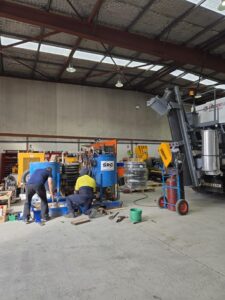
Genuine components
Using genuine replacement parts can be crucial. Aftermarket or poorly matched components can reduce performance and increase wear. Stick with OEM or approved alternatives to maintain the integrity of your equipment.
Record keeping
A critical aspect of concrete pump maintenance is documenting all activities. Maintaining a service log ensures compliance with warranty conditions and helps identify recurring issues. Scheduled inspections by trained technicians are also crucial for spotting hidden faults and maintaining safe operation.
Training
Operator training also plays a vital role. Ensuring your team understands how to identify early warning signs and perform basic upkeep can save both time and money.
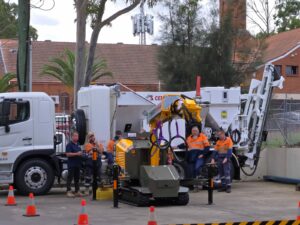
This guide from SafeWork Australia is a useful reference
Looking for servicing or parts? Explore our CGS Equipment workshop services for scheduled maintenance and repairs.

